



Digital India marks a decade of national transformation. It expanded internet, enhanced financial inclusion via UPI and Aadhaar, and streamlined e-governance. Driving economic growth, it also advanced AI and semiconductors, empowering citizens and positioning India as a global digital leader, effectively bridging the digital divide.
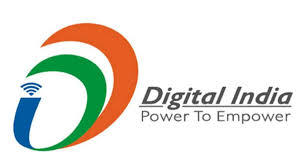
Copyright infringement not intended
Picture Courtesy: PIB
India celebrates 10 years of the Digital India journey, which transformed India into a digitally empowered society and a knowledge economy.
The Prime Minister launched the Digital India program on July 1, 2015, to connect remote villages with the internet and bring government services online, making them accessible to even the most geographically isolated communities.
India's digital economy contributes 11.74% to the national income in 2022–23. According to the ICRIER's State of India’s Digital Economy Report 2024, India ranks third globally in economic digitalization, and by 2030, the digital economy is projected to contribute nearly one-fifth of India's total economy.
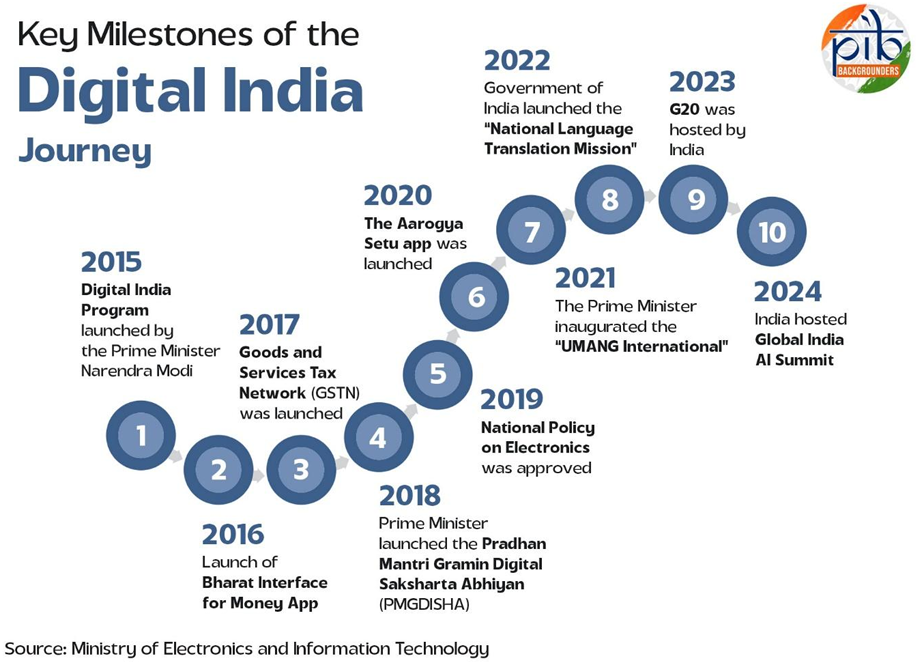 Copyright infringement not intended
Copyright infringement not intended
Digital Infrastructure as a Core Utility to Every Citizen => Ensuring high-speed internet, mobile connectivity, and secure online platforms are available nationwide.
Governance and Services on Demand => Making government services easily accessible online, removing bureaucratic hurdles, and enhancing transparency.
Digital Empowerment of Citizens => Providing universal digital literacy, making digital resources available in Indian languages.
Connectivity and Infrastructure
Growing Telecom and Internet Penetration
5G Rollout and Affordability => After robust 4G coverage, India launched 5G services in October 2022, around 4.74 lakh 5G towers were set up in just 22 months, covering 99.6% of districts. This strong mobile network now supports 116 crore users in 2025. Data costs declined from ₹308 per GB in 2014 to a mere ₹9.34 in 2022, making internet access highly affordable for the masses.
BharatNet => The project focuses on providing high-speed internet to Gram Panchayats. As of January 2025, BharatNet successfully connected over 2.18 lakh Gram Panchayats with high-speed internet. It laid nearly 6.92 lakh km of optical fibre cable, bringing the internet directly to many villages.
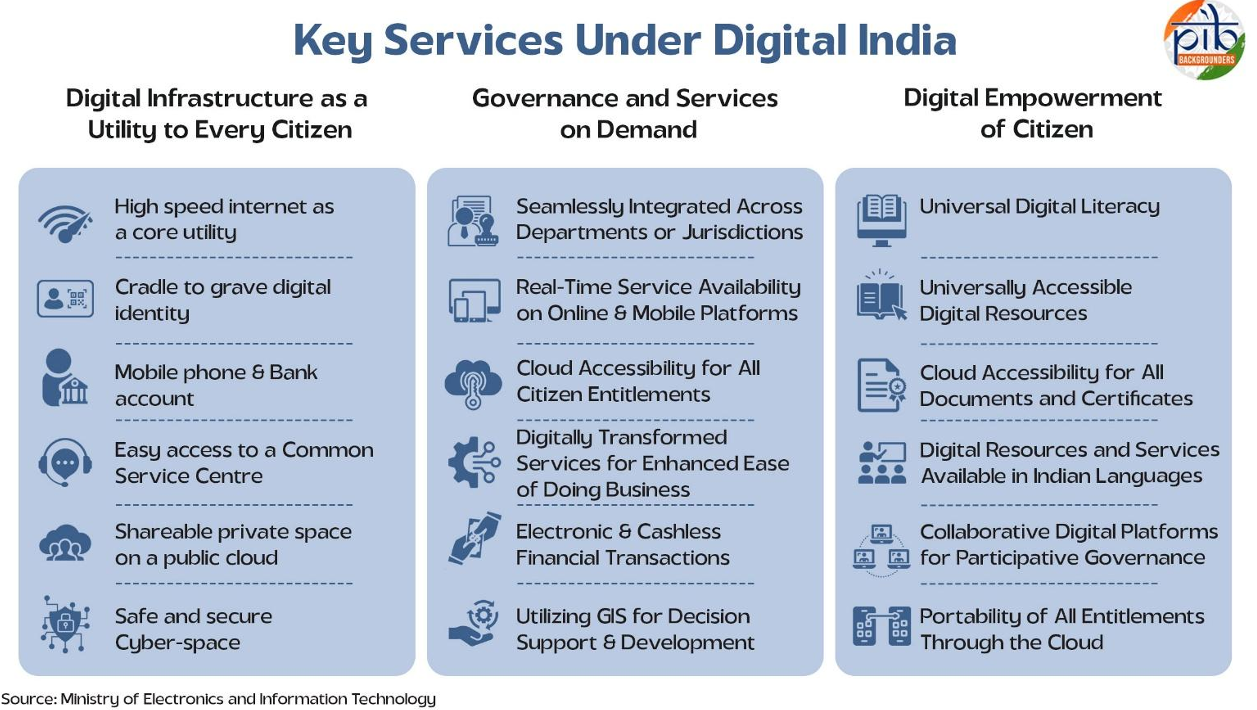 Copyright infringement not intended
Copyright infringement not intended
Digital Finance and Inclusion
Unified Payments Interface (UPI) => Nearly 460 million people and 65 million merchants actively use UPI, making it a part of daily economic life. In April 2025 alone, over 1,867.7 crore UPI transactions worth ₹24.77 lakh crore occurred in just one month. According to the ACI Worldwide Report 2024, India handled around 49% of global real-time transactions in 2023. UPI is available in over seven countries.
Aadhaar => The Aadhaar-based e-KYC (Know Your Customer) system simplifies identity verification across banking and public services. It reduces paperwork, speeds up processes, and brings unparalleled transparency. As of April 2025, 142 crore Aadhaar IDs have been generated, providing a unique digital identity to almost every resident.
Direct Benefits Transfer (DBT) => DBT uses Aadhaar to directly transfer welfare payments into beneficiaries' accounts, minimizing leakage and corruption. This system saved the government over ₹3.48 lakh crore between 2015 and March 2023.
Open Network for Digital Commerce (ONDC) => Launched in 2022, ONDC democratizes e-commerce by helping small businesses and local merchants participate in digital markets. By January 2025, it covers 616+ cities and has registered more than 7.64 lakh sellers and service providers, creating new opportunities for growth.
Government e-Marketplace (GeM) => Launched in 2016, GeM is an online platform for government departments to procure goods and services transparently. It boasts over 1.6 lakh government buyers and 22.5 lakh+ sellers and service providers, including many MSMEs.
Advancing Strategic Tech Capabilities
IndiaAI Mission => Approved in March 2024, with a budget of ₹10,371.92 crore over five years, this mission aims to develop a robust and inclusive AI ecosystem. Its focus areas include:
India Semiconductor Mission (ISM) => With an outlay of ₹76,000 crore, ISM aims to establish a strong semiconductor and display ecosystem, positioning India as a global hub for electronics manufacturing and design.
E-Governance
Karmayogi Bharat => Under Mission Karmayogi, this platform trains civil servants with the right attitude, skills, and knowledge for effective governance. As of May 2025, over 1.21 crore officials are onboarded, with 2,588 courses and 3.24 crore learning certificates issued, supporting various learning formats.
DigiLocker => Launched in 2015, DigiLocker provides citizens secure access to their digital documents anytime, anywhere. By June 2025, its user base reached an impressive 53.92 crore.
UMANG => Launched in 2017, UMANG (Unified Mobile Application for New-age Governance) is a single mobile platform offering access to over 2,300 services from Central to Local Government. As of June 2025, it has 8.34 crore user registrations and processed 597 crore transactions. The app supports 23 Indian languages, ensuring inclusivity.
Bhashini => It harnesses AI to enable people to access digital services in their own language, promoting true digital inclusion. As of May 2025, it supports 35+ languages with over 1,600 AI models and 18 language services. It integrates into widely used platforms like IRCTC, NPCI’s IVRS systems, and police documentation, making essential services more accessible.
Digital India has reshaped the digital landscape—connecting villages to the world, making governance more transparent, and opening up new avenues for growth and innovation. With record adoption of digital payments, rapid internet expansion, and pathbreaking initiatives in AI and semiconductors, India has built a digital ecosystem that is inclusive, scalable, and future-ready.
Must Read Articles:
Cabinet approved the expansion of the Digital India
Source:
|
PRACTICE QUESTION Q. Critically evaluate the 'Digital India' programme as a comprehensive framework for transforming India into a digitally empowered society and knowledge economy. Discuss its successes and inherent limitations. 250 words |




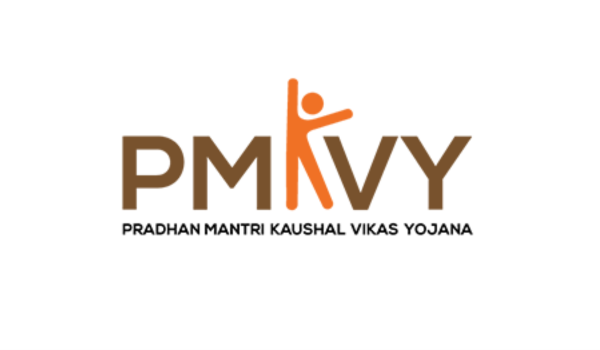


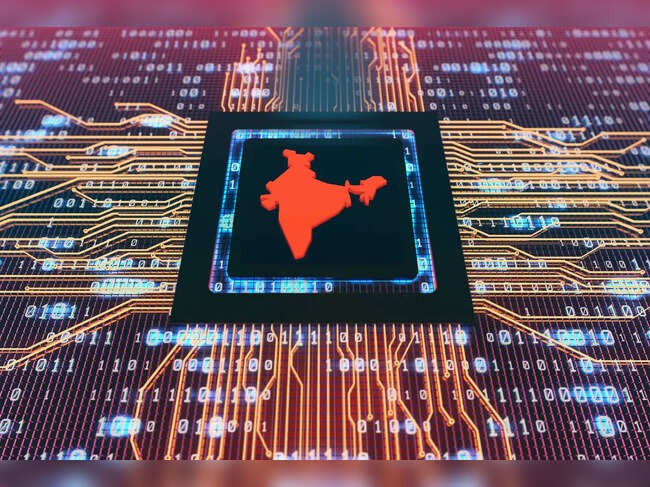

© 2026 iasgyan. All right reserved